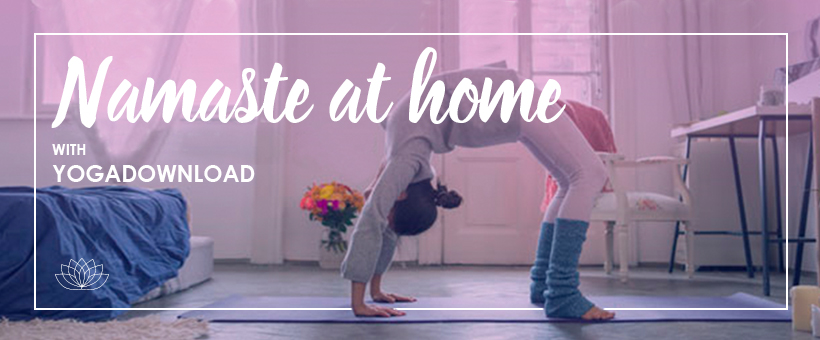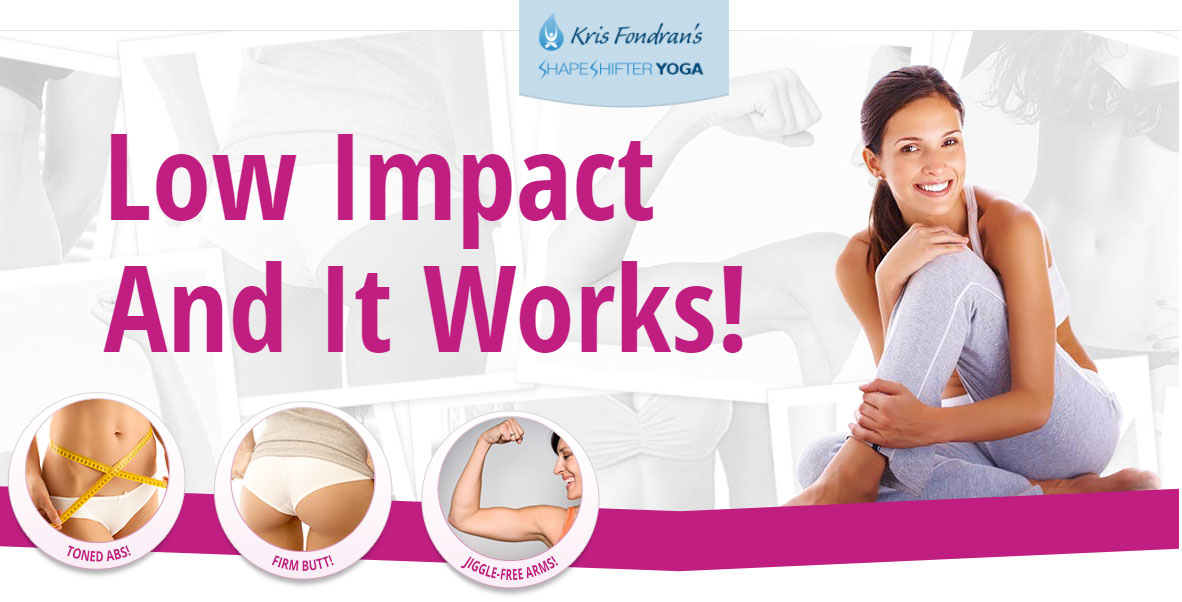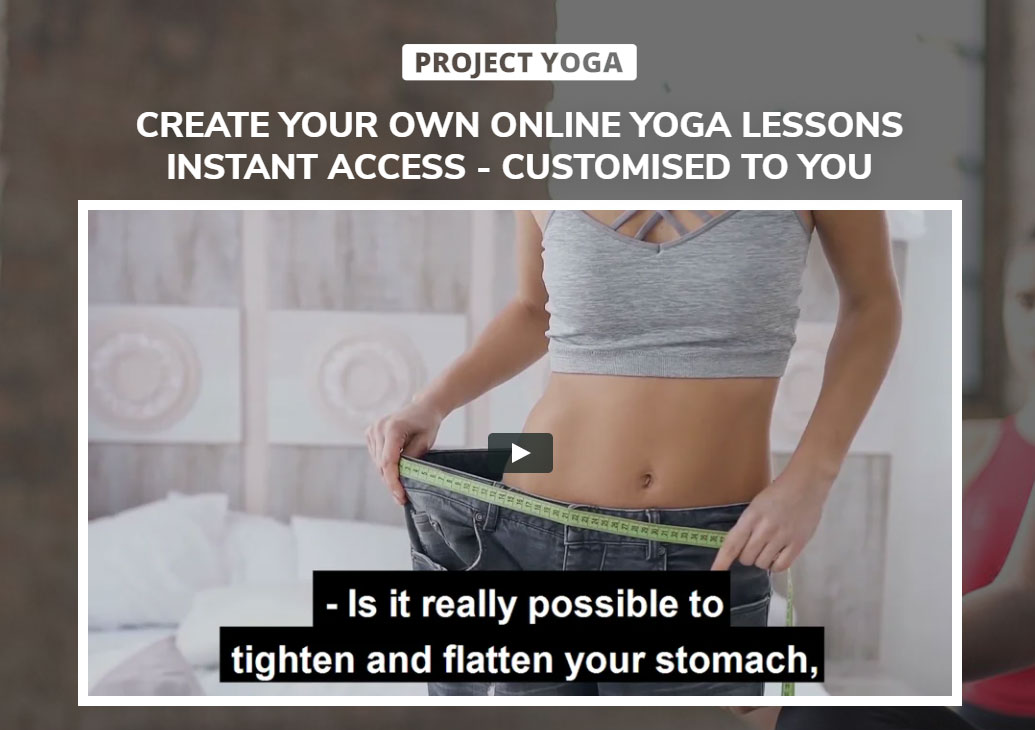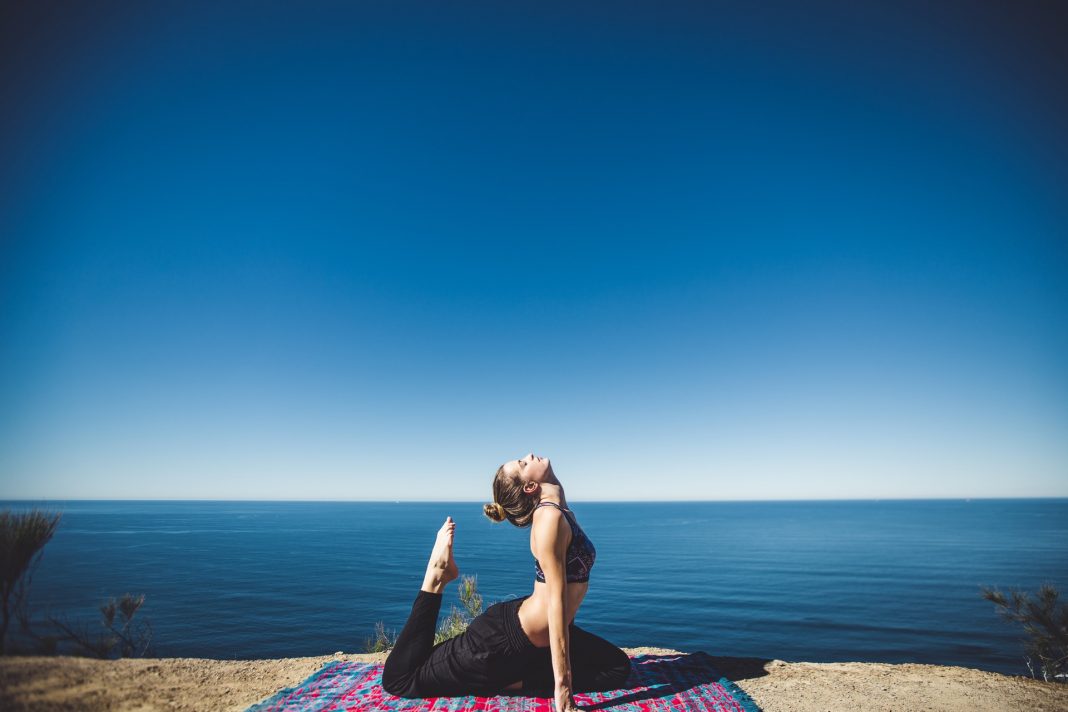What are the different types of yoga and how do I choose?
Yoga is becoming more and more popular for its many benefits. Based on ancestral precepts, yoga aims to relax while toning and helping you release your energy. It is an ideal remedy for all modern ailments: joint pain, stress, sleep disorders... If you are convinced, the question that arises is: how to choose among the many types of yoga that exist? Follow the guide!
How do I choose my type of yoga?
To choose the right type of yoga, there are several criteria to take into account:
• Your goal: do you want to relax and meditate above all, or are you looking to gain flexibility and physical energy? The answer to this question will guide you in your choice.
• Dynamism: There are styles of yoga that are more dynamic than others. It is up to you to choose according to your expectations.
• Your physical condition: if you are elderly or suffer from a chronic illness, avoid engaging in very dynamic yoga and start gently!
• Availability: if you live in a small town, chances are you don't have a choice between many styles of yoga! You're sure to find classes in Hatha yoga, Ashtanga yoga, or Vinyasa yoga, as these are the most popular types of yoga.
The best type of yoga for beginners is Hatha yoga. Indeed, it will introduce you to the main postures used in yoga, whatever the style, and to the principles of breathing. Moreover, it does not necessarily require flexibility and physical strength!
What are the different types of yoga? Complete overview, from the simplest and traditional to the most trendy and specific.

1. Hatha yoga
Hatha yoga is one of the most popular styles of yoga. It is a gentle style of yoga that is ideal for beginning yoga and learning basic postures before moving on to a more dynamic or challenging style of yoga, such as Ashtanga yoga. The goal of Hatha yoga is primarily to relax, combining breathing and postures.
Its benefits: increased concentration, increased vitality, lengthening of the breath, removal of stress.
2. Ashtanga yoga
Ashtanga yoga is one of the most practiced types of yoga. Like most styles of yoga today, it is based on ancestral postures and practices, although its modern form was only theorized in the 1970s by K. Pattabhi Jois.
Ashtanga yoga is very close to Vinyasa yoga. It is based on a fast and energetic sequence of postures (always the same postures and always in the same order), and it is very rigorous and physically demanding! It is therefore ideal for people who are looking for a very dynamic style of yoga, to develop strength, flexibility and energy at the same time.
Its benefits: elimination of toxins, increase of endurance and flexibility, strengthening of the joints but also reduction of stress and anxiety.
3. Vinyasa yoga
Vinyasa yoga is one of the most dynamic styles of yoga. It was created in the 1980s, first as a variation of Ashtanga yoga. But unlike Ashtanga yoga, the postures can vary from one class to another. In Sanskrit, "vinyasa" means "to place in a specific way". And indeed, Vinyasa yoga is based on the alignment of the body. Another peculiarity of Vinyasa yoga is that each posture is linked in a specific way, the transition being as important as the posture itself in the practice!
Vinyasa yoga is accessible to all. To find out if you are suited for this type of yoga, the best thing to do is to try it, as classes can vary greatly depending on the teacher.
Its benefits: Vinyasa yoga allows you to refine yourself but also to work on your breath to gain endurance and inner well-being.

4. Bikram yoga
Bikram yoga was developed about 30 years ago by Bikram Choudhury. The particularity of this type of yoga is that it is practiced in a room heated to 40°C! During the session, we follow a series of 26 postures (always the same series), and above all we sweat a lot! It is important to hydrate during the session.
Please note that Bikram yoga is not recommended for people suffering from cardiovascular problems (like the sauna!).
Its benefits: it allows, thanks to perspiration, to quickly eliminate toxins, but the heat of the room also limits the risk of muscle injuries and therefore stretches the muscles in depth. It thus makes it possible to refine the body but also to reinforce the immune system and slow down the ageing process.
5. Hot yoga
Hot yoga is identical to Bikram yoga, but is practiced under slightly different conditions. The name only differs because Bikram yoga is a registered trademark!
6. Yin Yoga
The main objective of Yin Yoga is to relax, both physically and mentally. This style of yoga requires a moderate effort, it consists in linking (and holding for a long time) poses, helped by various accessories such as blankets or bricks. It is ideal on Friday evenings, to relieve the stress of the week!
Yin yoga is a type of yoga that requires a lot of flexibility. It is therefore recommended for people who have already practiced another type of yoga.
Its benefits: it is felt above all on the mind, relaxing and invigorating, it allows you to feel soothed and chase away stress.

7. Anusara yoga
Anusara yoga is one of the newest yogas, and it is becoming more and more popular. The Sanskrit word "anusara" means "to follow the flow of Grace and Nature and follow one's heart": quite a program! And for good reason, Anusara yoga emphasizes the "intrinsic goodness of every being" and encourages practitioners to open their hearts.
Developed by American yogi John Friend in 1997, Anusara yoga is very similar to Hatha yoga but with a more playful side. It focuses on the upper body: chest, shoulders, back?
This type of yoga is centered on the alignment of the body, so it is very rigorous and rather demanding, both in body and mind. It is ideal for those who are looking for a type of yoga centered on meditation.
Its benefits: refinement of the body, opening of the rib cage, development of grace, evacuation of stress and deep relaxation...
8. Iyengar yoga
Developed by B.K.S. Iyengar, Iyengar yoga is certainly the most rigorous style of yoga. It emphasizes the alignment of the body, in all postures, with the help of many accessories (straps, bricks, blankets, chairs, bolsters ...). This type of yoga is rigorous even in the training of the instructors, it is therefore the ideal yoga for those who suffer from a chronic pathology and wish to adapt their practice.
Iyengar yoga is not strenuous on the physical level, but especially on the mental level because it requires great concentration. It is possible to follow classes of different levels. Thus, it is accessible to all.
Its benefits: improved balance and coordination, relief of back pain, stress relief, improved functioning of internal organs (especially the digestive system).
9. Kundalini yoga
Kundalini Yoga is a type of yoga that emphasizes the physical as well as the spiritual side. The goal of the practice is to liberate Kundalini (the creative power of life), through postures, breathing exercises, and work on the bandhas and mudras (nerve centers). Kundalini yoga classes are very varied and can also include meditation, chanting or mantras.
It is intended for everyone, especially for those who wish to improve their lifestyle or develop their internal and external energy.
Its benefits: it helps to awaken the body and mind, to tone up, and to strengthen the immune system.

10. Jivamukti yoga
Created in 1984 by New Yorkers Sharon Ganon and David Life, Jivamukti yoga is a variation of Vinyasa yoga. The Sanskrit word "Jivamukti" means "liberation while alive": the objective of this style of yoga is indeed to relax deeply through songs and series of postures. It is strongly imbued with Hindu philosophy and emphasizes the connection between living beings and the Earth.
Jivamukti yoga is accessible to everyone, regardless of age, as it requires neither optimal physical condition nor flexibility.
Its benefits: on the physical level (release of tensions, development of deep muscles...), Jivamukti yoga allows to purify negative thoughts, to improve concentration, and to learn wisdom.
11. The Nidra yoga
Nidra yoga is not the best known type of yoga, and yet it is one of the oldest! Although it has existed for several thousand years, it was only theorized in 1962 by Yogi Swami Sahyananda.
Nidra yoga is also called "sleep yoga". Indeed, its main objective is to bring you to a state of maximum relaxation, not only physical but also emotional and spiritual. The ultimate goal is to relax completely to reach a semi-conscious state, halfway between waking and sleeping.
Nidra yoga is accessible to all. It is suitable not only for people with sleep disorders, but also for people seeking deep peace. It is not recommended for people who are looking for a more dynamic yoga because the entire class is done in a lying position and this style of yoga does not include postures!
Its benefits: in addition to improving your sleep, Nidra yoga will allow you to deeply relax, gain energy and remove physical and mental stress.
12. Power yoga
Power yoga is a mixture of Bikram yoga and Iyengar yoga. It was developed by Beryl Birch Bendere (who taught Ashtanga yoga, for the record), and consists of linking postures dynamically in a heated room.
Power yoga is not recommended for people with chronic illnesses. It is also recommended for people who are in good physical condition since it is very dynamic.
Its benefits: the reduction of stress and anxiety, or the improvement of concentration.
13. Prenatal Yoga
Prenatal yoga is for pregnant women. A blend of Hatha yoga and Kundalini yoga, it helps expectant mothers to feel good physically and mentally, and to overcome the difficulties associated with pregnancy. It is mainly based on breathing and relaxation exercises. It can be followed by post-natal yoga to help mothers regain their balance and release the tensions of pregnancy and childbirth.
Of course, there are many other types of yoga, more or less crazy. For example, you can opt for a beer yoga class or a suspended yoga class. The key is to find the form of yoga that suits your needs and goals, but above all, that makes you feel good. After all, this is the primary goal of yoga...


